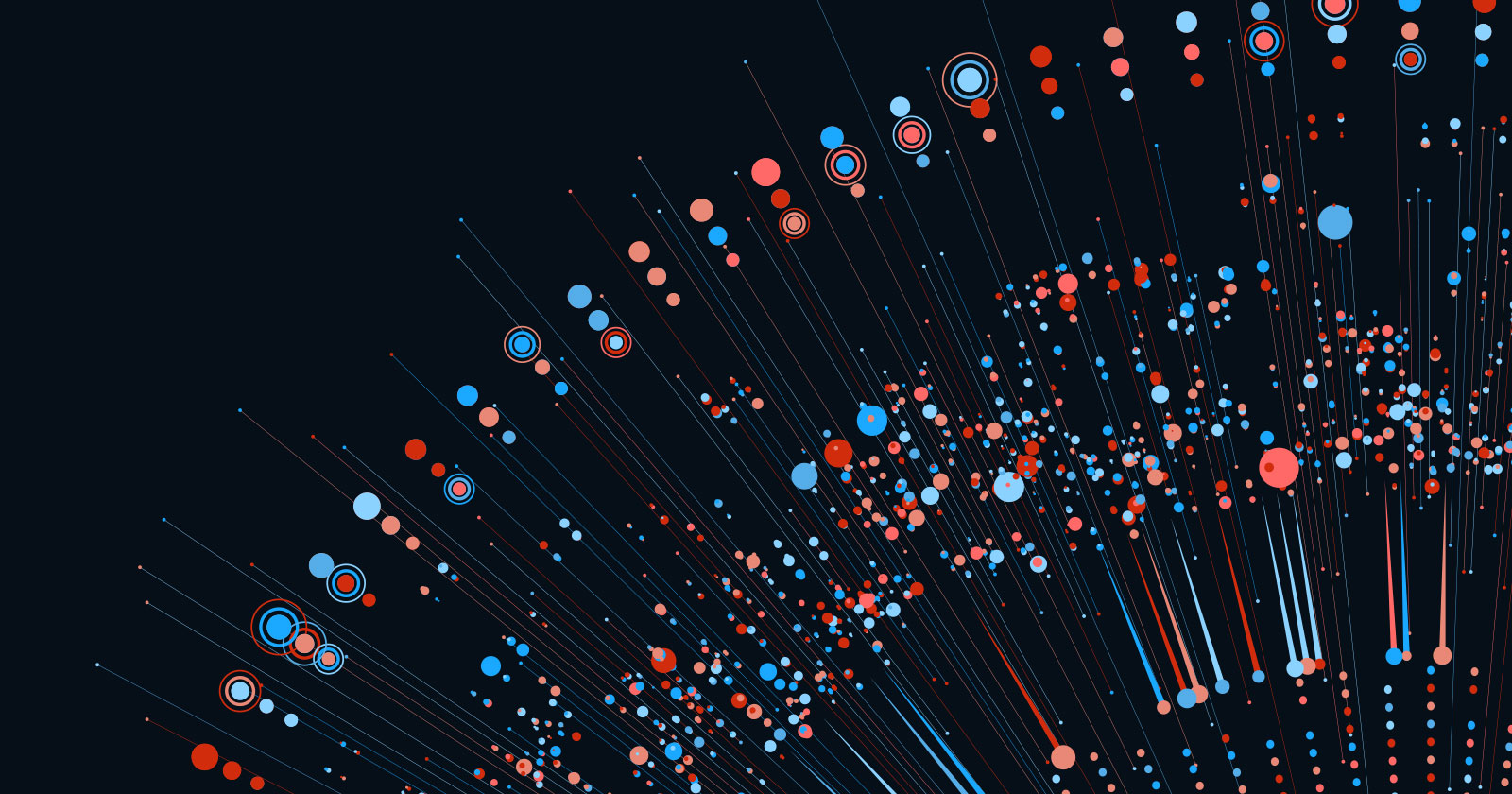Big Data and Analytics: Omnipresent and Transformative Forces
 Bay Wen Ming
Bay Wen Ming
It is an undeniable reality that we live in a data-driven world. From how we shop, socialize, and work to how our cities function and our healthcare systems operate, data is the fuel powering our modern existence. And it's not just any data, but Big Data — complex, voluminous, and diverse data sets that traditional data processing software can't handle. Combine this with analytics, the practice of analyzing raw data to make conclusions, and we have a potent duo rapidly shaping and reshaping every sector of our society. Let's delve into the fascinating world of Big Data and analytics, exploring their omnipresence in our lives.
Big Data: What's in the Name?
Big Data refers to vast amounts of information that can't be processed or analyzed using traditional data processing tools. This data is generated from myriad sources, including social media platforms, digital images and videos, purchase transaction records, GPS signals, and more. The defining characteristics of Big Data, often referred to as the 3Vs, are Volume, Variety, and Velocity.
Volume: The quantity of data generated is immense, with estimates suggesting that 2.5 quintillion bytes of data are created each day.
Variety: Data comes in structured, unstructured, and semi-structured forms. This includes text and numbers to images, videos, and audio.
Velocity: The speed at which data is generated and processed is staggering. Real-time processing of data can offer immediate insights and Value.
Increasingly, two additional Vs. Veracity (the quality or trustworthiness of the data) and Value (the usefulness of the data in making decisions) are included in this definition.
The Power of Analytics
Analytics is the sword that cuts through the massive, tangled jungle of Big Data to unearth valuable insights. It uses statistical methods, machine learning, and predictive modeling to analyze data and derive conclusions. Analytics aims to improve decision-making, optimize operations, and predict trends or outcomes. It is often categorized into four types:
Descriptive analytics, which interprets historical data to identify what happened.
Diagnostic analytics, which examines data to understand why something happened.
Predictive analytics, which analyzes data to forecast what might happen.
Prescriptive analytics, which uses data to recommend what action to take.
Big Data and Analytics Everywhere
Business and Commerce
In the business world, Big Data and analytics have been game-changers. Businesses of all sizes, from startups to multinational corporations, leverage these tools to gain a competitive edge. They use Big Data to understand customer behavior, predict market trends, streamline supply chains, and optimize marketing strategies. Companies like Amazon, Netflix, and Spotify use predictive analytics to recommend products, movies, or music based on user behavior and preferences.
Healthcare
Big Data and analytics have revolutionized the healthcare sector. Patient records, health plans, and treatment histories are all digitized and used to improve care delivery. Predictive analytics is used to identify disease patterns and risk factors, leading to early diagnosis and personalized treatment plans. Big Data also plays a significant role in medical research and drug discovery.
Urban Planning and Smart Cities
Cities worldwide are utilizing Big Data and analytics to enhance livability and sustainability. Traffic patterns are analyzed to optimize traffic flow and reduce congestion. Energy consumption data help devise strategies for more efficient use of resources. Data from various sources like CCTVs, social media, and sensors are used in real-time crime mapping and predictive policing.
Education
The education sector is not left out of the Big Data revolution. Schools and universities use data analytics to improve student performance, enhance teaching methods, and optimize resource allocation. Predictive analytics helps identify students at risk of dropping out or those needing additional support.
Environment and Climate Change
In the fight against climate change, Big Data and analytics are potent weapons. They provide a deeper understanding of climate patterns and changes, helping scientists make accurate predictions and suggest mitigation strategies. Data from satellite images, oceanographic surveys, and atmospheric studies contribute to this field.
The Road Ahead
While the impact of Big Data and analytics has been profound, it's just the tip of the iceberg. The future holds even more promise, with advancements in AI, machine learning, and quantum computing set to supercharge our data processing capabilities. However, along with these advancements come challenges — data privacy and security being among the most pressing. As we harness the power of Big Data and analytics, it is crucial that we also develop robust frameworks to protect individual privacy and ensure the ethical use of data.
In conclusion, Big Data and analytics are much more than buzzwords. They are transformative forces here, there, and everywhere, steadily reshaping our world in ways we could only dream of a few decades ago. It's an exciting journey, and we are all part of it.
Subscribe to my newsletter
Read articles from Bay Wen Ming directly inside your inbox. Subscribe to the newsletter, and don't miss out.
Written by

Bay Wen Ming
Bay Wen Ming
In this blog, I aim to share my insights and experiences from the tech world, offering tips, best practices, and strategies that can help businesses navigate their digital journeys more effectively. From software development and implementation to quality assurance and troubleshooting, I'll be sharing my thoughts and advice.